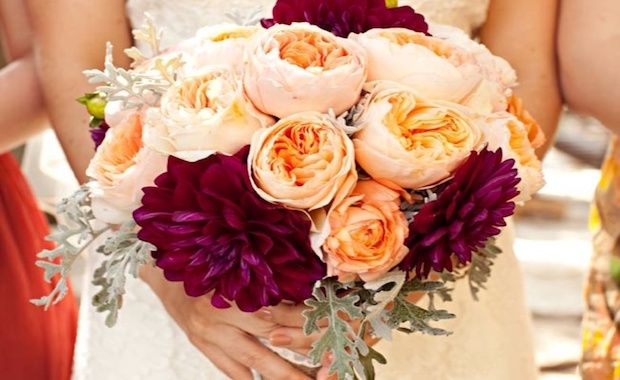Advertisement
Tips for Growing Your Own Wedding Flowers
Advertisement - Continue reading below

As the cost of weddings continues to go up, many couples are looking to try and ease the burden however they can. One of the best ways to do so is for them to grow their own wedding flowers. It costs significantly less than buying flowers, plus the process of planning, planting, and tending makes for relaxing fun.
The first, and perhaps most important step to growing one’s own wedding flowers is planning. First, the couple must choose what type of flowers they want. Their options begin with Annuals like zinnias, sunflowers, or others that can be grown in full over the course of a growing season.
Next come perennials, such as peonies, asters, lilies, etc., which can only bloom at specific times of the year. They also usually need a couple of years to fully establish themselves, so require more lead-time than annuals.

Finally there’s the shrubs option, which includes hydrangeas, forsythias, and lilacs. Like perennials, they’ll need to be planted several years before the actual wedding date.
Since the amount of prep time directly correlates to what kind of flowers the bride and groom want at their ceremony, it’s important that the choice be made as soon as possible.
Once the choice of flowers is made, the next step is to begin preparing the soil. Figuring out just how many plants are needed to produce the desired amount of flowers. This will allow the future newlyweds to determine how big of a planting area they need. From there, composting the soil will help jump-start growth once the flowers are planted.

When the plants are in the ground, watering them faithfully and correctly is paramount. Not doing so could lead to drought stress, which can delay bloom time. Insufficient moisture could lead to plants failing to form flower buds. Conversely, too much water can lead to problems including rotted buds and fungus infested pedals.
Some other tips to consider for a couple planting their own wedding flowers include:
Plan for disaster: Plant more than you need, just in case something goes wrong with an initial planting.
Watch out for early blooming: Remove any buds that are blooming too early, so as not to trigger flowering too soon.
Be prepared to cover them if need be: Have materials such as garden frost blankets present to cover your plants in the event of a cold spell.
Advertisement - Continue reading below
